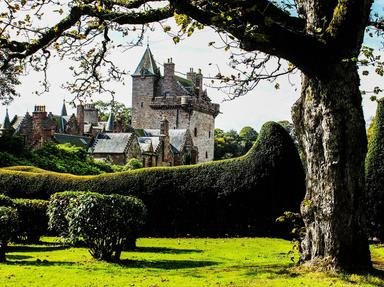Quiz Answer Key and Fun Facts
1. Construction of the bridge commenced when Britain's second-longest reigning monarch had been on the throne for 34 years. What was the date?
2. The bridge was designed by an English engineer who, prior to the disaster, had achieved a wide reputation as a designer of railways and bridges. Who was this person?
3. A Dundonian poet produced two efforts concerning the bridge; "The Railway Bridge of the Silvery Tay" and "The Tay Bridge Disaster". Can you name him or her?
4. In 1956 the English journalist and historical author John Prebble published a book about the disaster. As a title, he used a descriptive aspect of the bridge. What was it?
5. A Court of Enquiry followed the disaster. In his book, Mr Prebble summed up its findings, stating that it found the bridge to be "badly designed, badly built and badly maintained", and Sir Thomas Bouch to be "chiefly responsible". With regard to design: in his calculations, Bouch had made a serious error in not making sufficient allowance for which of the following?
6. The Court also found the bridge to be "badly constructed." One fault was identified in the foundry where the cast-iron columns were cast under the managership of Albert Groethe. Blow-holes and cracks in the metal were filled and disguised with a home-made substance which had an idiosyncratic name. Can you identify it?
7. The third judgement of the Court of Enquiry was that the bridge was "badly maintained". Various elements were mentioned, but there was one which was NOT directly under Bouch's control. What was it?
8. Who or what was "The Diver"?
9. Initial reports after the catastrophe put the number of dead at 300. This proved to be a gross overestimate, and the count has since fallen. What is the preferred figure in the 21st century?
10. Within a few years a replacement bridge had been built across the Tay. Is it similar to Bouch's?
Source: Author
Charlesw321
This quiz was reviewed by FunTrivia editor
bloomsby before going online.
Any errors found in FunTrivia content are routinely corrected through our feedback system.
